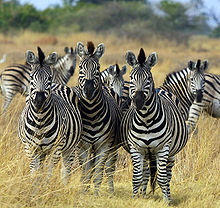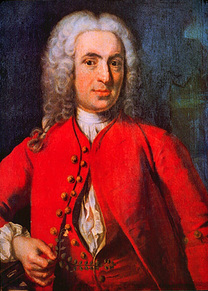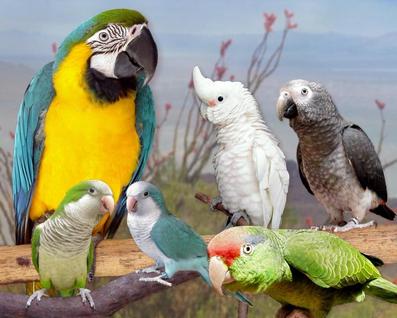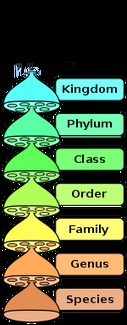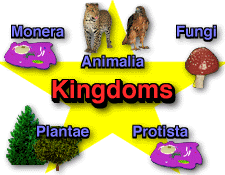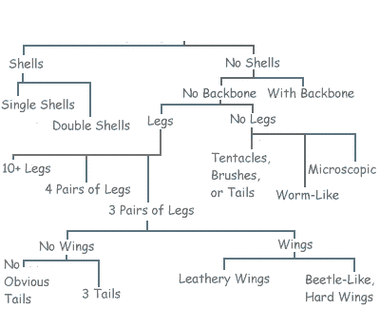What is the Scientific Process of arranging organisms into groups based on similarities?
Biological classification is putting organisms into groups. This is part of Scientific Taxonomy. Classification is the arrangement of different related organism groups put into different groups. The classification system starts with a group with a wide variety of organisms and becoming more selective as the groups get more specific. Carl Linnaeus classified organism by shared characteristics.
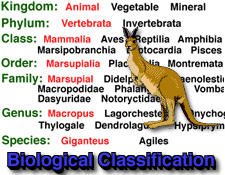
Who first started the idea of classifying?
Carl Linnaeus was the first person who started the idea of classifying. He is sometimes called the father of taxonomy. He loved plants and showed an interest in organisms from an early age. Linnaeus developed the system to classify and organize organisms into groups. Along with founding the concept of classification, Carl wrote books on classification of organisms to.
What method did he use to group organisms?
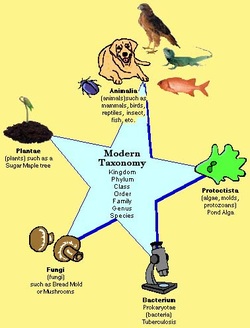
He use a method called binomial nomenclature. This is the basis for modern
Taxonomy. Linnaeus classified 4,000 species using this method. He classified organisms into seven groups, based on appearance. Organisms were only described using the genus and the species names.
Taxonomy. Linnaeus classified 4,000 species using this method. He classified organisms into seven groups, based on appearance. Organisms were only described using the genus and the species names.
How did Linnaeus classify organisms?
Linnaeus classified organisms by shared characteristics. He classified organisms based on what he thought were the organisms similar characteristics. He arranged the classified organisms into seven groups.
What are the rankings in biological classification or 7 levels of classification?
Kingdom, phylum, class, order, family, genus, and species are the seven levels of classification. Each one includes animals that are similarly related. The closer they are related, the more groups they will be in together. The group kingdom, includes all living organisms and species. Phylum puts organisms that have a backbone, or no backbone in to their own two groups. The classification group, class, divides organisms into groups like reptiles and mammals. Order puts them in a general group of what they are, like the group turtle, which including all turtles.
What makes each rank different from the other?
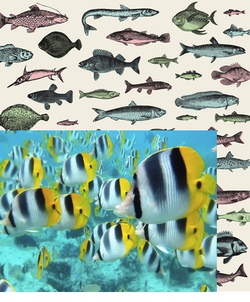
Each rank get more specific as they go down the list. The purpose of classification is to identify organisms, the ranking system classifies organisms using similar characteristics. The rank is the organisms level of classification, each rank will have organisms that are more closely related as the groups get smaller.
Although they are all fish, the ranking system puts the fish on the bottom in its own group and in a species of its own.
Although they are all fish, the ranking system puts the fish on the bottom in its own group and in a species of its own.
Which group includes the most Species?
The Kingdom has the most Species, it has more than 270,000 Species. Species are put in this grouped by their basic common characteristics.
Which group is the most specific?
The group that is most specific is species. Species is the smallest group of the seven classification levels. A species are the organisms capable of producing fertile offspring. This will usually be true, but more precise measures are often used, like DNA and the forming of living organisms.
